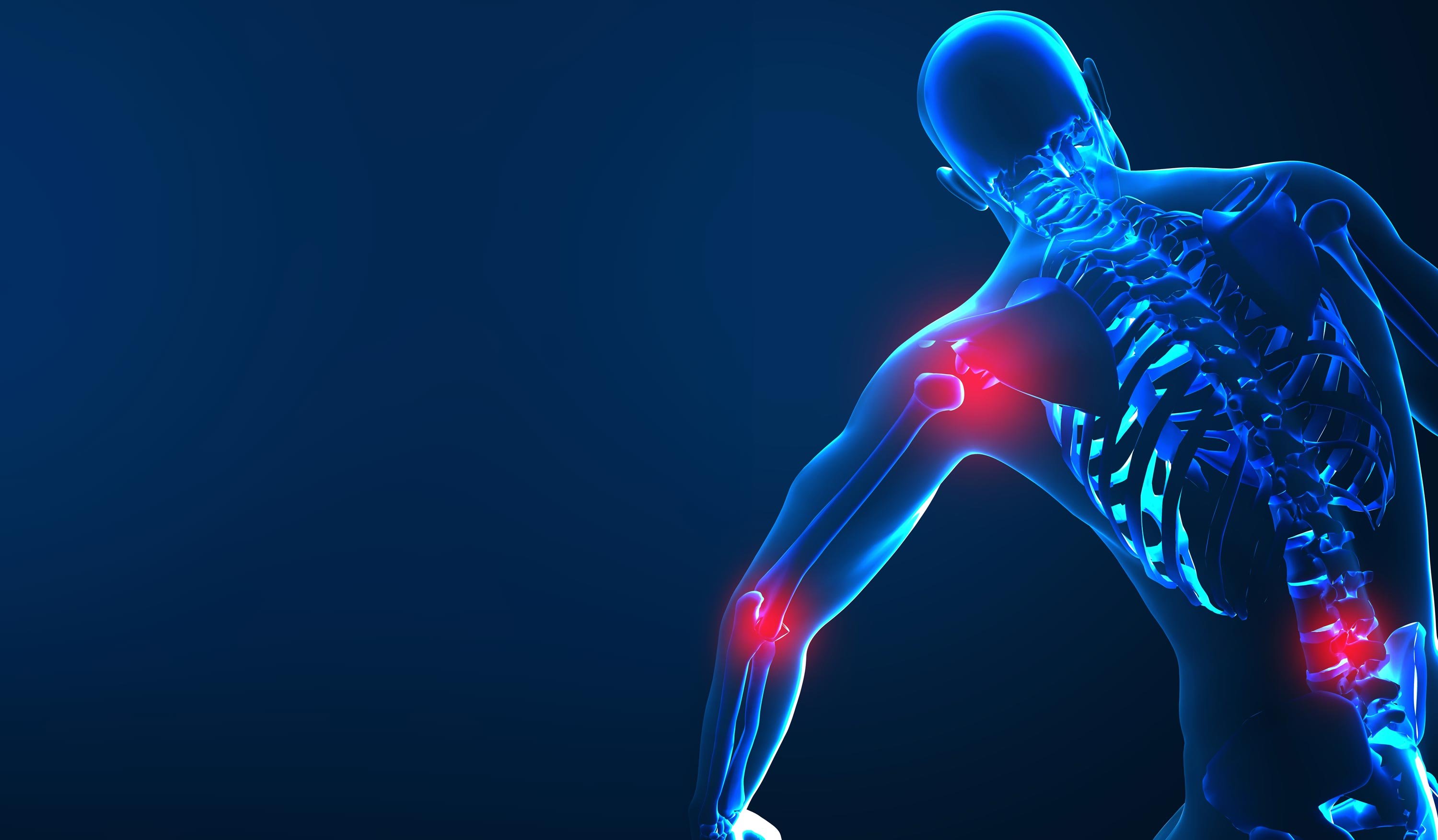Pressure ulcers (also called decubitus ulcers or bedsores) are injuries that develop when prolonged pressure causes injury to the skin and underlying tissue. This condition often affects people with mobility challenges and usually appears on the heels, ankles, hips, tailbone, spine, and other bony areas of the body. Pressure ulcers can develop over a few days or, in some cases, in as quickly as a few hours.

Pressure Ulcers

Understanding Pressure Ulcers
Symptoms
Symptoms of pressure ulcers depend on the severity of the condition. However, common signs include:
- Swelling and tenderness in bony areas
- Abnormal changes in skin color or texture
- Skin that feels warmer or cooler to the touch than surrounding areas
- Sores with pus-like draining
Keep in mind that if pressure ulcers are accompanied by a foul odor, drainage, or fever, this could mean the sore has become infected, and patients should seek immediate medical attention.
Causes and Risk Factors
Pressure ulcers occur when pressure or friction limits blood flow to the skin and are common in people who have difficulty changing positions without assistance. People with the following conditions and needs are at an elevated risk of developing bedsores:
- Paralysis or injury that requires prolonged sitting
- Frequent or constant wheelchair use
- Those who are on bed rest or recovering from major surgery or illness
- Patients with fragile skin, poor circulation, or who are severely underweight
- Those with nerve conditions who have difficulty sensing pain
- People who are malnourished or severely dehydrated
- Patients with diabetes or vascular diseases that affect blood flow
Diagnosing Pressure Ulcers
Doctors can usually diagnose a pressure ulcer by examining the skin, but they may request additional lab work, such as blood tests, to better understand potential underlying causes. Most doctors will also review your medical history and ask questions about pain level and when the pressure ulcer began to develop so they can determine proper treatment.
Treatments for Pressure Ulcers
In most cases, pressure ulcers will heal with a combination of wound care, nutritional support, and other non-surgical interventions. However, in the case of especially large or severe bedsores, doctors may recommend surgery.
Conservative Treatments
- Dietary support: Following a nutritional plan that boosts the intake of essential vitamins and minerals to support healing
- Repositioning: Frequently repositioning your body to avoid prolonged pressure or friction
- Supportive surfaces: Using special cushions or mattresses to help you sit or lay down in a position that reduces pressure on bony areas of the body
- Wound care: Cleaning and dressing the wound to reduce the risk of infection and promote healing
- Pain management: Using over-the-counter or prescription pain medications to help alleviate pain during healing
Surgical Treatments
- Flap surgery: Taking a small amount of skin, muscle, or other tissue from another area of the body to cushion the affected area and cover the wound
- Nerve Grafting surgery: Pioneering surgery involving taking a donor nerve to reroute sensory function to provide protective sensation to the buttock region to prevent future pressure sores from developing.
Our Surgeons
Patient Stories
Find a Location
Request an Appointment
Interested in learning more about our treatment options for pressure ulcers? Please schedule time to meet with a member of our care team.






